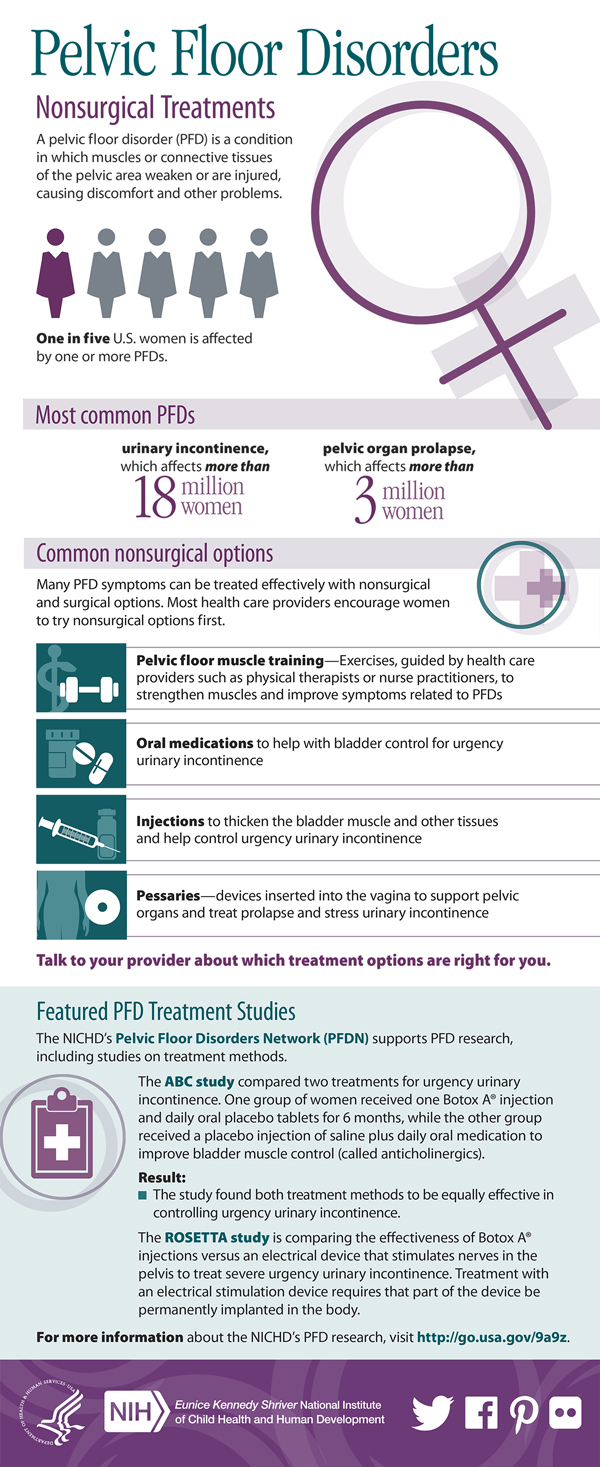Just How To Allocate Your Floor Covering Task: A Practical Overview
Just How To Allocate Your Floor Covering Task: A Practical Overview
Blog Article
Post Composed By-Elgaard Falk
When you're preparing a flooring job, budgeting isn't nearly choosing a number; it has to do with comprehending what you absolutely need and the prices included. You'll want to evaluate your particular requirements, study different materials, and anticipate unforeseen costs. Think about just how elements like room function and installment methods can influence your spending plan. Yet prior to you jump in, there are some critical details you could forget that could dramatically affect your overall expenses. Let's check out exactly how to navigate these intricacies and ensure your project stays on track.
Assessing Your Flooring Demands
Before diving right into your flooring task, it's essential to analyze your floor covering requires. Start by considering the certain locations where you intend to mount new floor covering. Consider the objective of each room. As an example, bathroom and kitchens require water-resistant products, while living areas may take advantage of convenience and aesthetic appeals.
Next off, evaluate the status quo of your floors. Exist any kind of structural problems, such as uneven surfaces or dampness troubles? Resolving these concerns beforehand can save you time and money down the line.
Additionally, make note of the dimensions of each space to determine how much floor covering you'll need.
Don't forget to consider your lifestyle. If you have family pets or young kids, toughness might be your top priority, while a much more official space might ask for an extravagant surface. Additionally, consider your style preferences. Do you prefer a classic appearance, or are you attracted to contemporary styles?
Last but not least, be practical about how much maintenance you want to dedicate to. visit the next document need more upkeep than others. By recognizing your demands plainly, you'll be better equipped to make enlightened options as you progress with your floor covering project.
Estimating Prices and Products
Estimating expenses and materials is an essential step in your floor covering project that can substantially affect your general spending plan. Start by gauging your room properly to identify just how much floor covering you'll need. For a lot of products, you'll locate rates by square foot, so collect quotes from numerous distributors to get a realistic number.
Next off, think about the type of flooring you want. Options like wood, laminate, ceramic tile, or carpeting all featured various price points. Study the costs for every and consider any type of additional materials like underlayment, adhesive, or transition strips.
Do not neglect to include tools if you're planning a DIY installation, as renting or acquiring devices can include in your costs.
Labor prices are another important consideration. If you're hiring professionals, get quotes from multiple service providers to guarantee you're getting a reasonable rate. Be clear regarding the range of job to stay clear of unanticipated costs later on.
Finally, it's important to allot a small portion of your allocate any unanticipated costs connected to materials. By completely approximating your costs and materials ahead of time, you'll establish yourself up for a smoother and extra manageable flooring task.
Planning for Hidden Expenditures
Many home owners neglect the hidden costs that can emerge during a flooring task, which can bring about spending plan overruns. To avoid this, you need to prepare for prospective extra prices.
Initially, take into consideration the condition of your existing subfloor. If it's harmed or irregular, you'll likely require fixings or progressing, which can add substantially to your general cost.
Next off, think about elimination and disposal costs for your old floor covering. Many service providers bill added for this service, so element that into your budget.
In addition, don't forget the expenses of underlayment, which might not be included in the preliminary quote yet are vital for a successful installation.
https://kitchen-remodeling-elmhur90987.ambien-blog.com/38493775/remain-educated-about-vital-flooring-maintenance-suggestions-that-can-prolong-the-life-of-your-floor-covering ought to also plan for unexpected complications, such as plumbing or electric job if your flooring job includes moving fixtures. It's a good idea to set aside at least 10-15% of your complete budget for these unexpected expenditures.
Finally, bear in mind that permits might be needed for sure setups. Constantly examine neighborhood policies to stay clear of penalties or hold-ups.
Final thought
Finally, budgeting for your flooring job is necessary for an effective result. By assessing your needs, approximating expenses, and preparation for covert expenditures, you'll stay clear of shocks and remain on track. Remember to set aside a part of your allocate unexpected prices and maintain a thorough malfunction of your expenses. With cautious preparation and consideration, you'll develop an attractive space that meets your requirements without breaking the financial institution. Happy floor covering!
